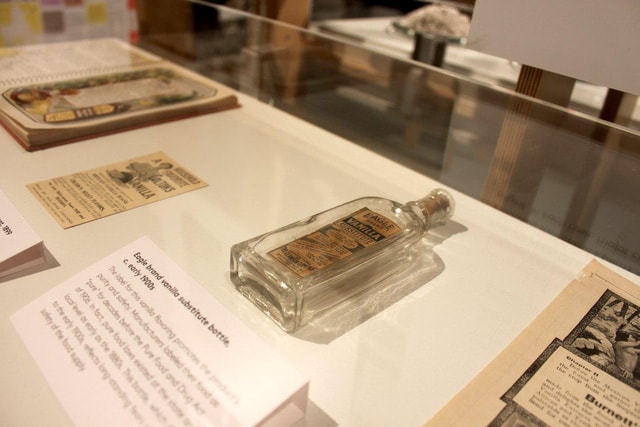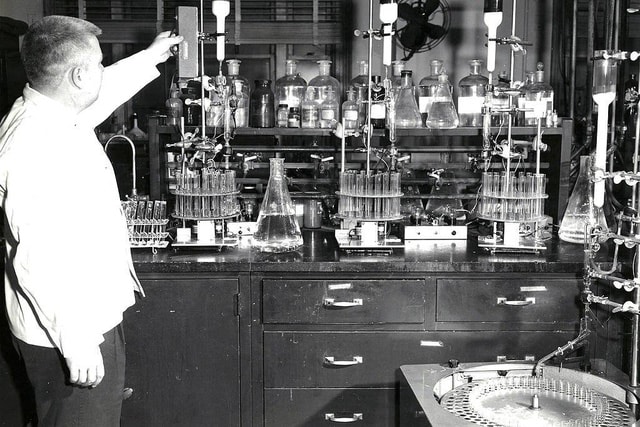You're enjoying a delicious vanilla ice cream, but you're probably eating... coal.
Have you ever read the words “natural and artificial vanilla” on the back of your favorite vanilla ice cream and wondered what you were actually eating?
It was most likely synthetic vanillin, a flavoring that tastes identical to vanilla extract. Today, more than 95% of the vanilla flavoring used in foods from cereals to ice cream comes from vanillin.
The first exhibition at the new Museum of Food and Drink, which recently opened in Brooklyn, takes us through the complex history of synthetic vanillin. The flavoring dates back to 1858, when a French chemist discovered a way to isolate natural vanillin, a key component of vanilla beans.
 |
| Artifacts at the exhibition. |
Vanillin can be extracted from vanilla beans, but this process requires a lot of labor and a lot of land to produce. That's why chemists have researched many materials to create synthetic vanillin.
One of those resources is... coal.
German chemists Ferdinand Tiemann and Wilhelm Haarmann discovered that they could recreate vanilla using chemical compounds from coal tar in 1874.
This is a major breakthrough for the flavor industry (an industry worth $25 billion to date), because the discovery means that scientists can make synthetic vanilla from another ingredient without having to use the expensive method of extracting natural vanilla as before.
Since the 1930s, artificial vanilla (some derived from coal tar) has been popular in American households.
 |
| A chemist is conducting experiments to create vanillin from coal. |
In the United States, coal tar has long been used less widely for flavoring than it once was due to health concerns.
Some studies have shown that consuming flavorings derived from large amounts of coal tar can lead to cancer. However, it is still used in many vanilla-flavored foods in Mexico, where there are fewer food regulations than in the United States.
Natural vanilla is the only flavoring that is regulated by law in the United States.
The law requires that 1 gallon of natural vanilla extract must contain 13.35 ounces of vanilla beans in a 35% alcohol solution. Vanillin, on the other hand, is not as strictly regulated. As long as food labels clearly state that the flavoring is “artificial” or “imitation” vanilla, it is allowed to be consumed.
Coal tar isn’t the only raw material used to make synthetic vanillin. Over the last century, cinnamon, paper waste, pine bark, and even cow dung have all been used to create flavors that closely resemble real vanilla.
Because the price of synthetic vanillin is quite low, the annual demand for this flavoring worldwide is nearly 37 times higher than the demand for natural vanilla essence. Clearly, there are still many people who are not aware of the dangers of this flavoring.
According to Young Knowledge
| RELATED NEWS |
|---|

